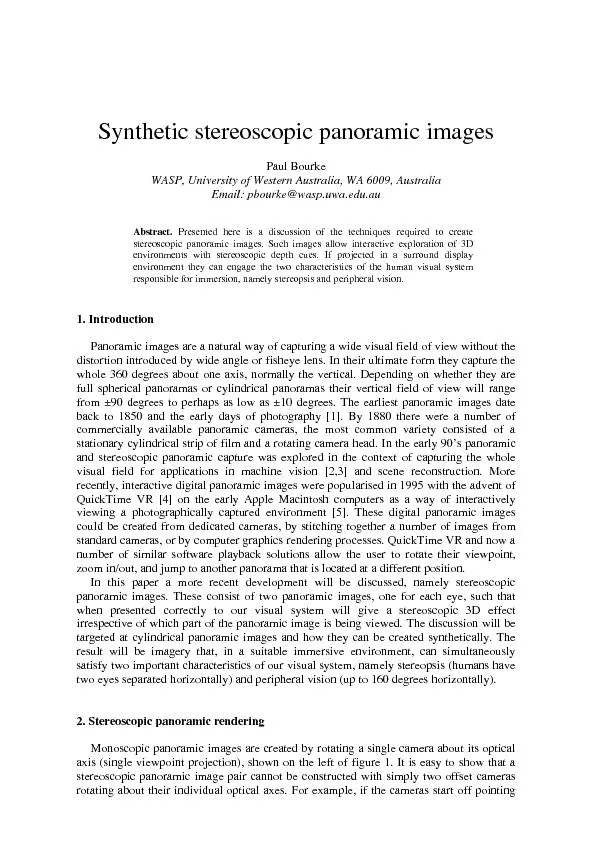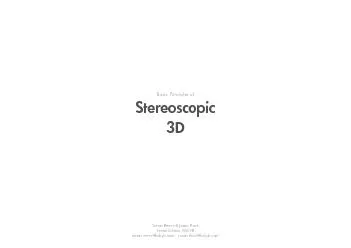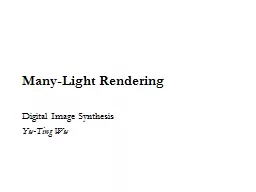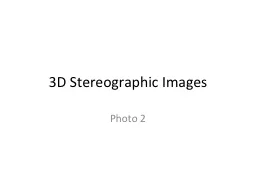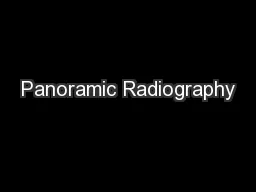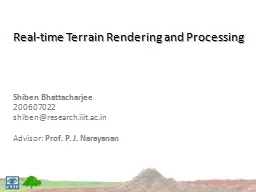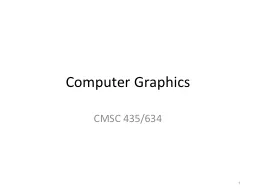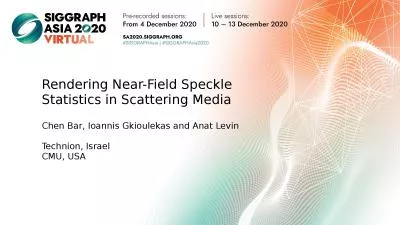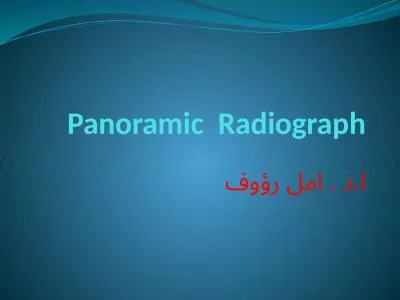PDF-2. Stereoscopic panoramic rendering Monoscopic panoramic images are c
Author : phoebe-click | Published Date : 2016-07-05
the scale of objects being captured rather than the actual human eye separation for example if the virtual model is on the scale of the solar system then the interocular
Presentation Embed Code
Download Presentation
Download Presentation The PPT/PDF document "2. Stereoscopic panoramic rendering Mon..." is the property of its rightful owner. Permission is granted to download and print the materials on this website for personal, non-commercial use only, and to display it on your personal computer provided you do not modify the materials and that you retain all copyright notices contained in the materials. By downloading content from our website, you accept the terms of this agreement.
2. Stereoscopic panoramic rendering Monoscopic panoramic images are c: Transcript
Download Rules Of Document
"2. Stereoscopic panoramic rendering Monoscopic panoramic images are c"The content belongs to its owner. You may download and print it for personal use, without modification, and keep all copyright notices. By downloading, you agree to these terms.
Related Documents

